Frigid temperatures, dry air, and certain cold-weather hazards can put our pets at risk during the winter season. Ensure you and your furry friends enjoy the snowy time of year by adhering to the following 10 cold weather safety tips.
#1: Keep antifreeze stored out of pets’ reach
Commercial antifreeze products, which are commonly found in household garages and sheds, often contain ethylene glycol, an ingredient that is extremely toxic to animals in small doses. Unfortunately, due to ethylene glycol’s alluring scent and sweet taste, ingestion by pets is common. If you must keep antifreeze products at home, keep them sealed and out of pets’ reach. When possible, opt for a less toxic propylene glycol formula.
#2: Protect your pet’s paws
Winter weather can wreak havoc on your pet’s delicate paws, causing cracking or bleeding. From uncomfortably cold ground conditions to salt and other commonly used chemicals, your pet’s feet can suffer in harsh winter conditions, so fit your pet with winter booties, or slather protective balm on her feet before heading outside.
#3: Be conscientious about grooming your pet
You should continue to routinely groom your pet through the winter months, but don’t go overboard. While clinging ice balls and stubborn salts may stick to your pet’s fur, avoid shaving your pet, which may rob her of warmth and protection. Instead, trim only longer hairs around the tail, feet, and belly that are exposed to wintry conditions.
#4: Purchase a home humidifier
The cold, dry winter months can cause flaky, itchy, and sore skin, for people and pets. Help keep the family’s skin moisturized and soft by safely using a cool mist or steam vaporizer. If you choose a steam unit, which can cause burns, ensure the unit is kept out of reach of children and pets.
#5: Use caution with space heaters
Portable heating units are popular choices to help keep overall heating costs down, but they can easily burn pets and children. Never leave a space heater unattended, and ensure the temperature is never set too high.
#6: Bathe your pet only when necessary
Contrary to popular belief, frequent bathing can make already dry skin flakier. Wash or rinse areas of your pet’s skin and fur that have been exposed to winter chemicals, but refrain from entirely bathing your pet too often during the winter, unless otherwise directed by your Stack veterinarian.
#7: Check under your hood for pets
Warm car engines are an inviting respite to feral cats and other outdoor animals, who can be seriously injured once the engine starts. Before heading out in your vehicle, check under your car, tap on the hood, and make other loud noises to encourage any hiding animals to escape.
#8: If it’s too cold for you, it’s too cold for your pet
Despite their fur coats, our four-legged friends still feel the cold. Limit outdoor activities in especially cold climates, and monitor your pet for signs of hypothermia, such as shivering, weakness, muscle stiffness, or shallow breathing.
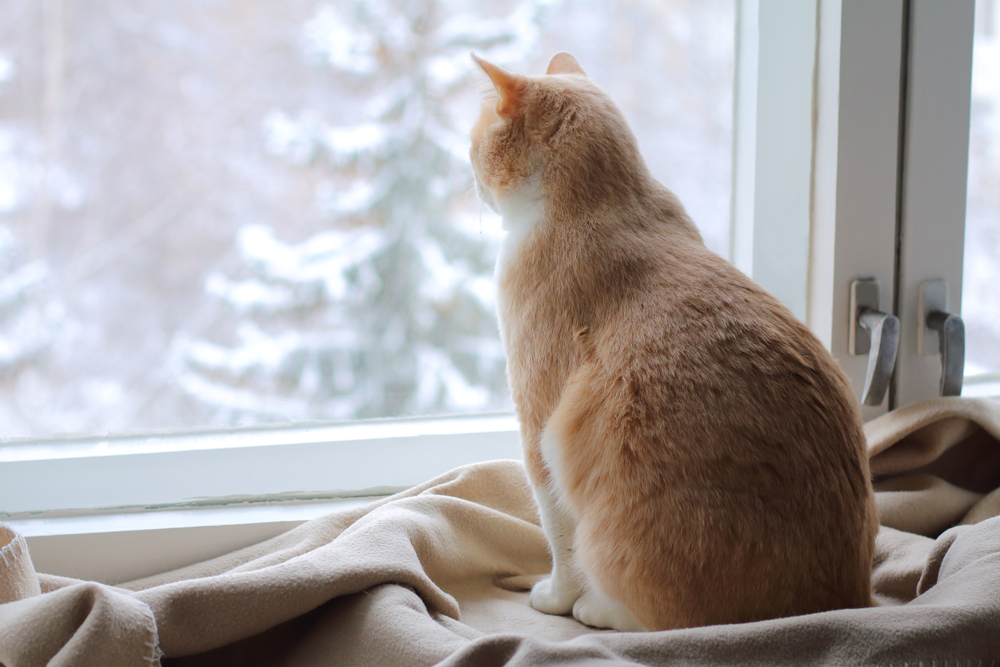
#9: When in doubt, leave your pet safely at home
If frigid temperatures or harsh conditions are the forecast, leaving your pet at home is best. You know you should never leave your pet in a hot car—leaving her in a freezing car is equally dangerous.
#10: Bring your pet in for a physical exam
The start of the winter season is a great time for your pet’s physical exam. Cold weather can exacerbate painful conditions like arthritis, and can pose problems for pets who have difficulty regulating their body temperatures, such as those with thyroid disease or diabetes. Our veterinary team can also help with recommendations for dry, itchy skin, and other conditions caused by cold weather. Contact us today to set up an appointment.


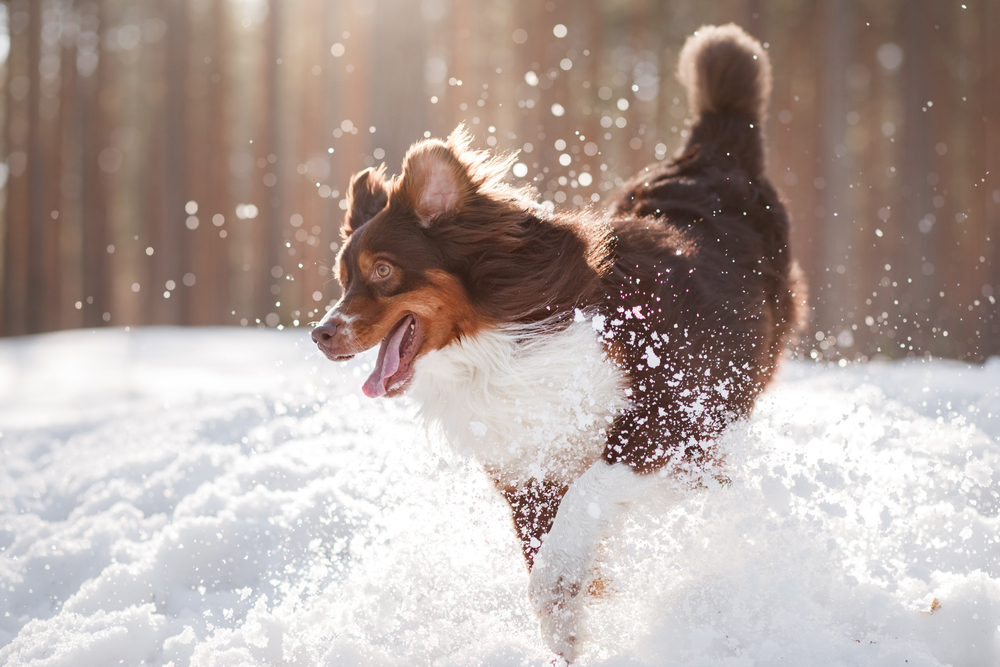
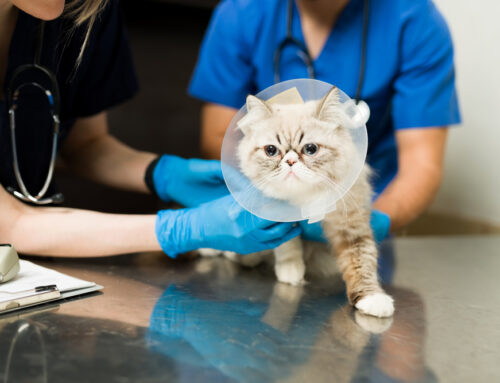
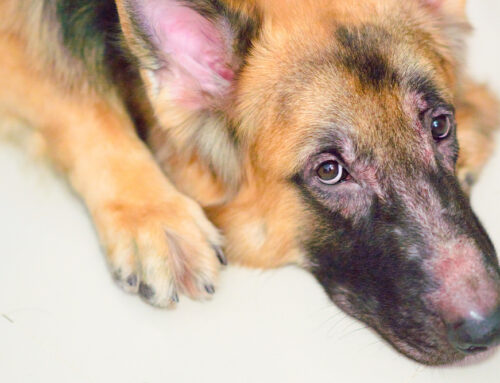

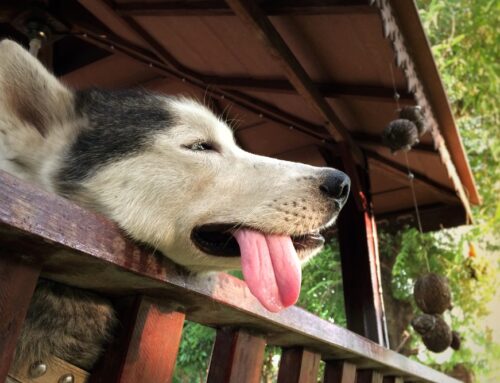
Leave A Comment